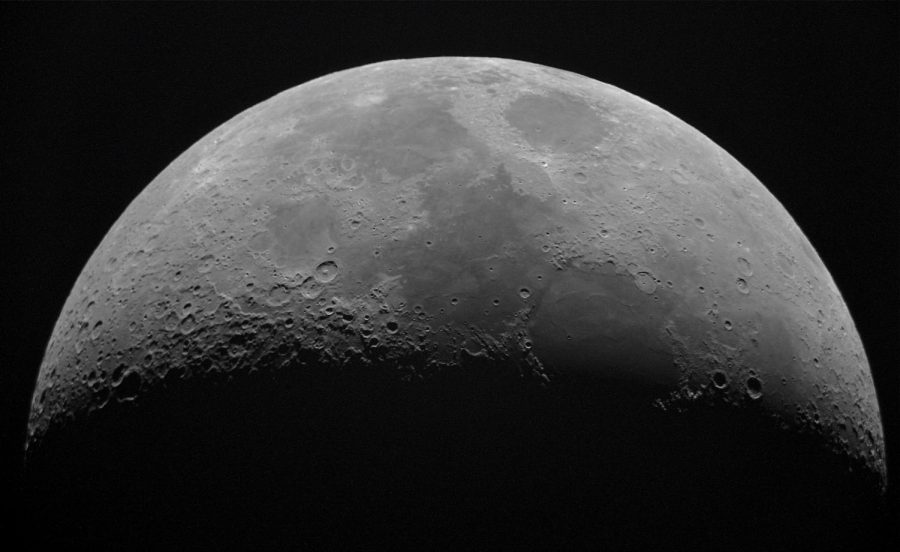Trip to…the moon?
Earlier this month, SpaceX announced that it would send Yusaku Maezawa – a Japanese billionaire, entrepreneur and art collector – along with several of his artist friends to the moon by 2023. So far, seven space tourists have made their way to the International Space Station by way of a manned Russian spacecraft. There were a couple of previous proposals to send tourists to the moon, but they were all canceled. SpaceX’s announcement has created new excitement among space enthusiasts. SpaceX, a private American aerospace company, has accomplished a number of tremendous feats in the past decade, including: sending the first privately funded liquid-fueled rocket to reach orbit, being the first private company to successfully launch, orbit and recover a spacecraft, and being the first private company to send a spacecraft to the International Space Station. More recently, it sent the first car into the orbit. So, it seems like a natural progression that SpaceX would set its eyes on greater challenges such as moon tourism.
The United States is the only country to successfully sent people to the moon, so far. The last time NASA sent a manned spacecraft to the moon was in 1972 during the Apollo 17 mission.
“Manned exploration is the most expensive space venture and, consequently, the most difficult for which to obtain political support,” said Apollo 7 astronaut Walter Cunningham during a congressional testimony in 2015.
Since they are without government funding, SpaceX relies on innovation to create more reliable and cheaper methods of space transportation than the previous costs. Their testing in reusable rockets has made costs “astronomically” smaller. Less material will be wasted, and multiple tests can be done at a relatively low cost. While NASA is moving more towards Space Launch System (SLS) and deep space travel to Mars and beyond.
The moon tourism SpaceX aims to provide does not include an actual touchdown on the lunar surface. Instead, the ship will fly all the way around the moon before starting its long journey back to Earth. This is due to a couple of reasons. First of all, because no astronauts will be tagging along on the trips, the private space travelers on board the shuttle, no matter how much training they receive, will unlikely be capable of land on the moon. Secondly, the amount of planning that goes into a moon landing requires a lot more funds and innovation than a trip around the moon surface.
“I think it’d be a really cool experience,” sophomore Dicong Wang said.
SpaceX has greater ambition still. It’s stated mission is to revolutionize space transportation technology so it could ultimately help human beings to colonize other planets.

He likes piano, drums, tennis, working out, and video games
What is his dream job?
His dream job is to be a doctor
What is his favorite music genre?
His favorite genre of music is alternative rock



